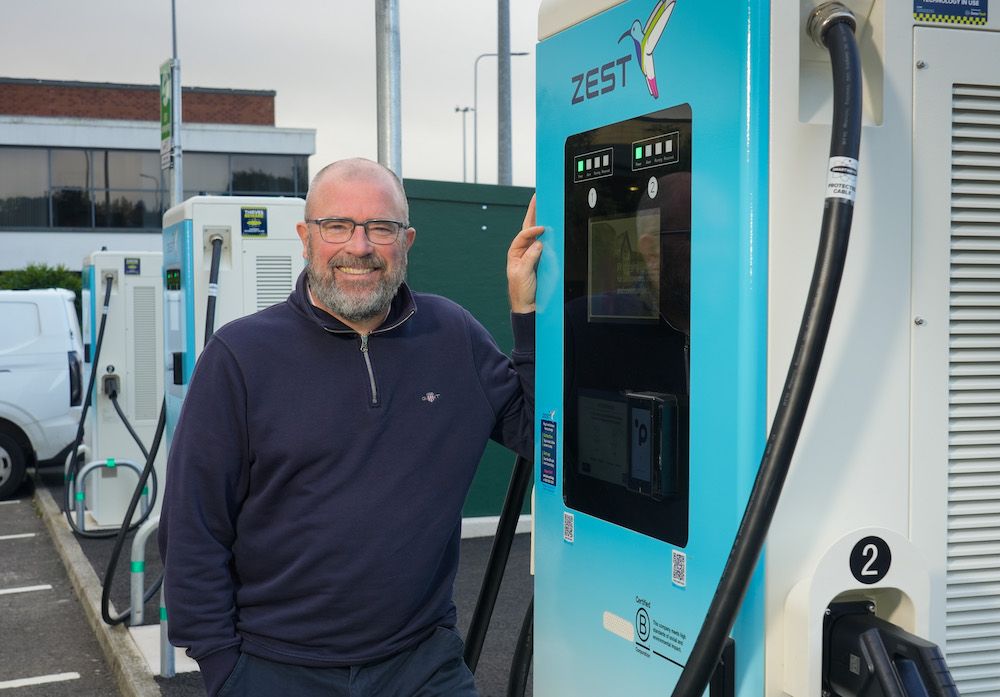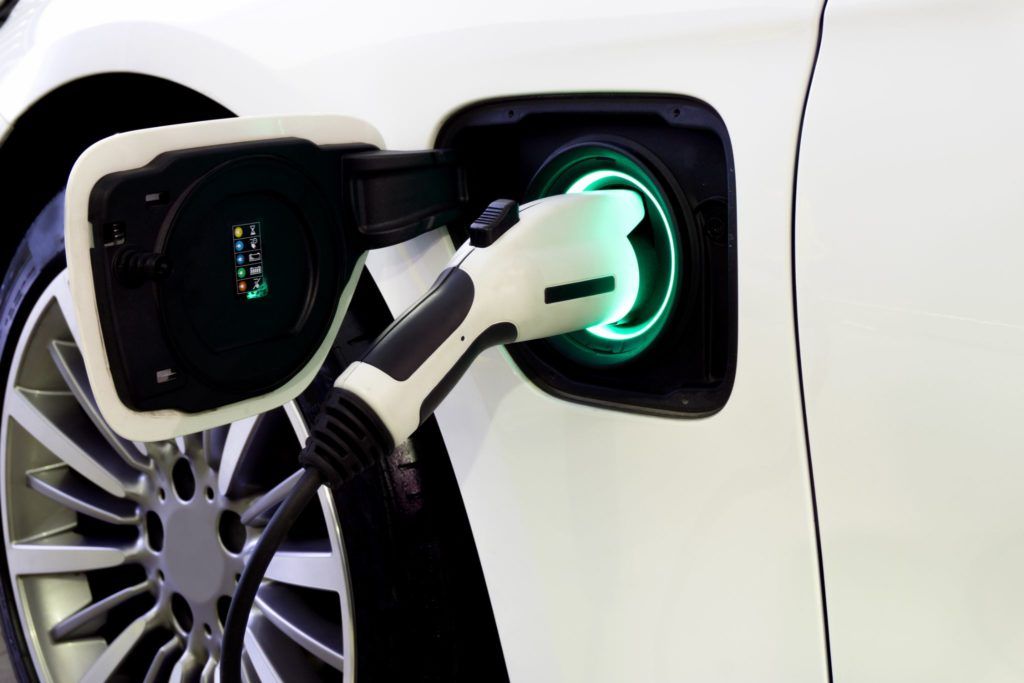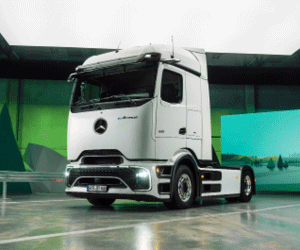Fergus Craig from Cyclomedia Technology examines the benefits that can be brought about when implementing smart mobility and the role of data.
Everything in the world around us is changing. All aspects of daily life are undergoing a period of adjustment, prompted by a variety of circumstances. Global health concerns, the ongoing fight against climate change and the sharper focus on social issues all have their part to play.
The ways in which we move around our communities are no exception to this. Increasingly, people want to use modes of transport that are simple, flexible, safe, cost-effective and which have a smaller impact on the environment. In response, many urban planners and city authorities are exploring ways in which alternative methods can be enabled by making changes to roads, facilities and infrastructure.
But these planners need to know where to make the right investment in the right places, especially at a time when budgets are often tight, meaning they can’t afford to make any mistakes. This is where smart mobility, and the technology and data behind it, have such an important part to play – and here I will explain why.
What is smart mobility?
Smart mobility seeks to address the economic, human and environmental wastage in towns and cities where many journeys are done by individuals in their own cars. To understand the scale of the problem, Deloitte research has found that the average American loses 34 hours every year sitting in traffic. To put that into perspective, winning cyclist Tadej Pogačar completed the first nine stages of the 2021 Tour de France in that amount of time, covering nearly 1450km in the process.
According to Lukas Neckermann, author of the book ‘The Mobility Revolution’, there are three central pillars to the idea of smart mobility: zero emissions, zero accidents and zero ownership. In practice, this means the promotion of a wide variety of alternative modes of transport. This can include public modes like buses, metro systems and light rail, through bookable and shareable private transport such as taxis, e-scooters and autonomous vehicles, to simple personal methods like cycling or even just good old-fashioned walking.
What are the key benefits?
When smart mobility is fully implemented, the positives of doing so quickly spread far and wide across an urban community. This longread explains them in more detail, but four in particular stand out:
- It’s safer: fewer cars on the road means fewer road accidents, and a corresponding reduction in injuries and fatalities
- It’s more sustainable: reduced carbon emissions from transport help support the fight against climate change, and help create cleaner cities that enable population and economic growth
- It’s more flexible: when people are given more choices of different modes of transport, and there is better integration between them, journey times are kept to a minimum and people are more likely to make use of them
- It’s more reliable: lots of different modes of transport mean people have alternatives in the event of any problems with one of them. When driving, people are quickly delayed and disrupted in the event of congestion or a breakdown
How does smart mobility work in a smart city?
In the context of a smart city – where technology helps support sustainable ways of addressing the challenges of urbanisation – smart mobility can be hugely transformative. The data that technology like sensors and cameras can generate can spot trends in utilisation, or any problems or pinch points, which urban planners and city authorities can then take steps to address.
This is especially important in the current climate, where people’s daily routines and transportation demands have changed so much. For example, let’s say that a city with a large Central Business District has experienced a drop-off in road traffic during peak hours, because the rise of remote working means fewer people are travelling into the office. At the same time, bicycle traffic around local parks have increased at lunchtime because people working at home are able to exercise during their break.
Smart city technology can detect these changes and allow urban planners to respond in kind. This could mean that instead of building more roads leading into the CBD, or building more car parks within it, the investment can instead be diverted to providing more bike rental schemes in the park to meet the demands of remote workers.
How can smart mobility data be collected and applied in practice?
Obviously, the depth of mobility data and analysis available to urban planners is enormous, and it can be easy to get lost in the sea of information when trying to make sense of what’s going on and make important investment decisions. At the same time, when city authorities want to use technology to find these insights, they need to know that the solutions they apply deliver a good return on investment in their own right.
A perfect example of a solution which covers both of these priorities is Street Smart, an interactive platform, usable on its own or as a plug-in, that brings a vast array of urban data into a single, user-friendly platform. It delivers overhead and street-level imagery of every public part of a city, upon which every type of street furniture and amenity can be overlaid: road layouts and signage, traffic signals and street markings, provision for pedestrians and cyclists like bike lanes and crossings, public transport infrastructure like tram and trolleybus lines, and more.
The value of such a solution to city authorities is that, when they want to make alterations to the urban environment to support mobility, they can remotely assess exactly what work needs to be done and how it will affect the surrounding area. Through geospatial data and 360-degree imagery, the need to visit and survey each site in person is removed, as detailed analysis of all areas can be done from a computer terminal or even from a mobile app.
As a result, urban planners can quickly come to informed, data-driven decisions about where investment should be prioritised, and create safer, more sustainable cities for everyone with maximum efficiency and minimum disruption.
Identifying the types of mobility most important to your city is the critical first step in developing a sound strategy around smart mobility data. Learn more, and explore five ways to maximise value from smart mobility data and analytics, in Cyclomedia‘s free How-To guide.











